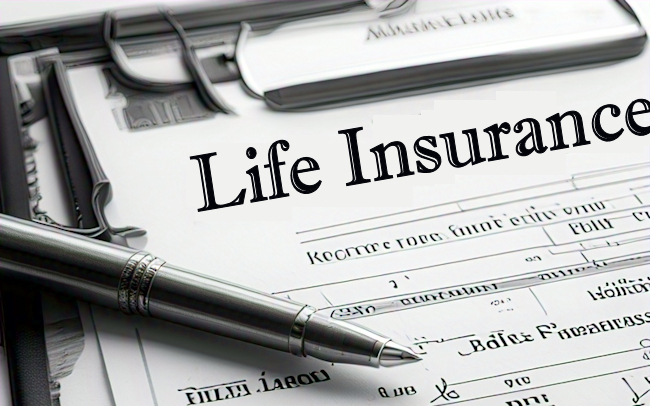Sometimes, you need to find a new insurance company. You might be moving, shopping around at renewal time, or just ready for a new policy provider. Regardless of the type of insurance, you’re looking for, it’s helpful to know what to look for in a new insurance company.
Coverage
Getting your coverage right can be tricky. You want good coverage so that you are protected, but you also might want to minimize it in order to keep costs low for the policy. In some cases, you’ll have to meet state minimum standards. Often states mandate certain coverage minimums for passenger vehicles. There might also be unique circumstances where you want special kinds of coverage. For instance, a homeowner’s policy might not cover flooding or earthquakes.
Independent Insurance Agent
Independent agents aren’t beholden to a certain insurance company. They usually represent several agencies so they can choose the one that is best for the client.
Deductibles and Premiums
Premiums are what you have to pay in order to activate the coverage. Generally, premiums can be paid monthly, quarterly, or annually. However, the more separate payments you make, the more you will have to pay in total but each payment will be smaller.
Deductibles are how much you are financially responsible for before the coverage would kick in to handle reimbursements, costs, and expenses. The higher they are, the more money you will spend out of pocket in case of a claim but your premiums will be lower. So in effect you are assuming some of the risk for any loss incurred.
Consider a Mutual Insurance Company
Take your time finding a reputable company with plenty of good reviews. Don’t jump into a plan because you hear about good rates or receive an offer letter or phone call without digging into the company themselves.
There are different types of insurance companies. According to Bear River insurance, a mutual insurance company is different than a typical for-profit “stock” insurance company. “At a mutual insurance company, the customers are the owners of the company. Premiums are paid into a common fund to cover policyholders’ claims. Positive earnings are passed on to the policyholder through lower than average insurance rates.”
Bundling
If you are getting insurance from a company that offers more than one kind of policy, you might be able to get a bundle discount for letting them cover you for multiple things. For instance, a property insurance company might be able to cover your home or renter’s insurance and your passenger vehicle at the same time.
How Life Insurance Works
There are several differences between Term Life insurance and “Whole” or “Permanent” life insurance. Term Life is considerably cheaper because you are buying pure life insurance without any savings or accumulation features. With whole or permanent life insurance you pay more for insurance when you are younger but the excess is set aside and reinvested to pay for the higher premiums you would have to pay when you were older and more likely to die.
Term life insurance is only in force for a specific “term” or time period, typically 20 or 30 years. If you want to renew when it expires you have to reapply at a higher rate. Whole-life as the name would suggest remains in force for your entire lifespan. You lock in a rate and pay that same flat amount every year for the rest of your life. This is possible because of the value that accumulates within the policy during the early years.
This video covers the difference between Term Life Insurance and “Permanent” Life Insurance.
You might also like:
- Benefits of Working With an Independent Insurance Agent
- Should You Say That? Tips for Talking to Insurance Companies After an Accident
- Reassessing Your Insurance Coverage: Are You Protected in Case of an Emergency?
- How to Get a Good Price on Health Insurance for Your Family
- Tips for Buying Life Insurance for Young Families
- What You Need to Know about Different Types of Homeowners Insurance
- 3 Ways to Pay Less for Insurance
- The Insurance You Need to Protect Your Family




